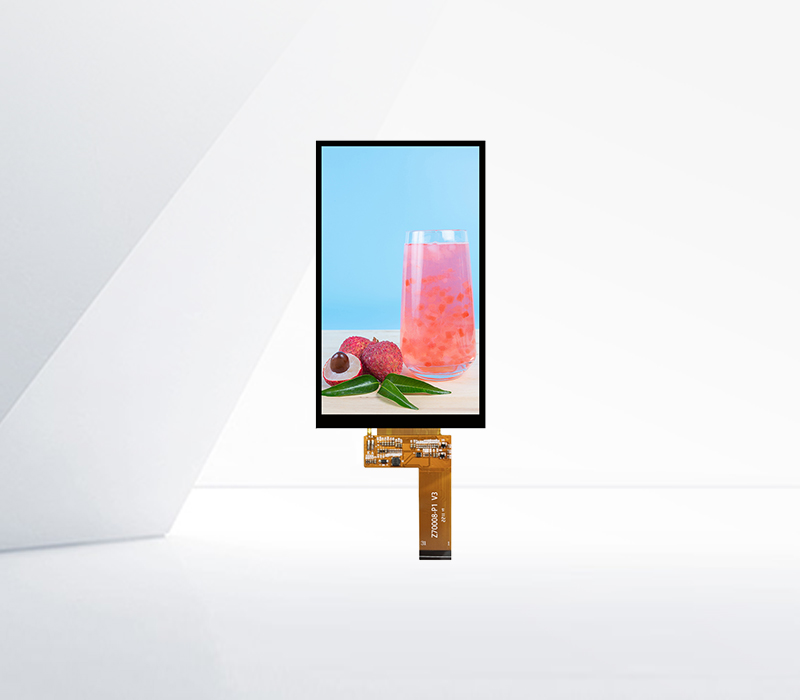



Performance Requirements for Touch - Screens in Gaming Devices
Gaming devices demand high - performance touch - screens to provide an immersive and responsive gaming experience.
One of the key performance requirements is high touch sensitivity. Gamers need the touch - screen to detect even the slightest touch accurately. In fast - paced games, such as action or racing games, a delay in touch detection can lead to missed opportunities or poor gameplay. For example, in a mobile racing game, a split - second delay in detecting the player's touch to turn the virtual steering wheel can cause the car to crash. Therefore, gaming touch - screens should have a high - speed response time, often in the range of milliseconds.
Another important aspect is multi - touch capabilities. Many modern games require players to perform multiple actions simultaneously, such as using two fingers to zoom in or out in a strategy game or performing complex gestures in a fighting game. The touch - screen must be able to accurately recognize and distinguish between multiple touches without interference. This requires advanced touch - sensing technology to ensure that each touch input is registered correctly, even when there are overlapping or rapid - fire touches.
Resolution and color accuracy are also crucial. Gaming touch - screens should have a high - resolution display to showcase detailed graphics and vibrant colors. In visually - intensive games, a low - resolution or poorly - colored touch - screen can detract from the overall gaming experience. High - definition displays with accurate color representation enhance the immersion factor, making the game world more vivid and engaging. Additionally, the touch - screen should be durable enough to withstand the frequent and sometimes forceful touches during gaming sessions, ensuring long - term reliability for gamers.

